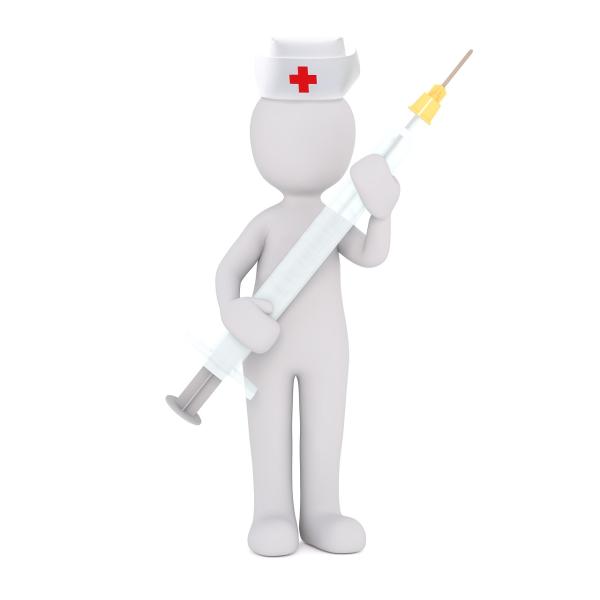Like the diseases they treat, medical interventions follow a time course. Intervention can be too early or late but is best at some mythical “Goldilocks” moment. Tamiflu needs to be given very early in the disease, the same for antibiotics in patients with sepsis. On the other hand, open-heart surgery may not be the best first choice for some forms of coronary artery disease. My point is that medical therapies are time-bound.
Several months ago, when COVID-19 was indeed a novel disease and people were dying irrespective of the best care physicians could provide, we threw everything, including the kitchen sink, into the “battle.” Clinical protocols, such that they were, involved using everything in our armamentarium. Even major academic hospitals tried unproven medications, like hydroxychloroquine, azathioprine, and dexamethasone. Yes, there was an underlying theoretical rationale, but no real evidence. The number of patients with oxygen levels far below average, even far below what we usually see, prompted intervention with assisted ventilation, and fueled the panicked need for more ventilators.
We have come some distance from those horrible days of February, March, and April. We have found some tools that seem to help. Tools like dexamethasone, and to some degree, remdesivir, which reduce the severity of the disease. We know the correct positioning for patients on ventilators, prone, and know that not as many patients require ventilators as we initially thought the low oxygen levels necessitated. As our useful toolbox has grown, the urgency has abated a bit. There is always the concern that hospitals will be overwhelmed, but the use of masks and social distancing seems to keep that problem at bay. While our emotions have not caught up to reality, COVID-19 is now less a moment in Revelations, and more a disease we will need and will learn to live alongside.
It is time for our approach to therapy to begin to change; case in point, the Emergency Use Approval of convalescent plasma. For those not entirely up to speed, convalescent plasma contains antibodies with activity against COVID-19 taken from patients who have recovered from the disease. It is at this juncture, a labor-intensive process that requires many recovered patients to donate their plasma to create a large enough dose to give to an acutely ill patient. It is a safe technique; we know that because these types of plasma transfers have been given to a variety of patients for years. It will become less labor-intensive when monoclonal versions can be produced rather than having to get our supply from humans.
The difficulty with convalescent plasma is that we do not know, in the scientific way of randomized controlled trials, whether it is actually helpful. I have no dog in that race, and I hope that it is. But my point is that rather than continue with the “kitchen sink,” our hair is on fire approach, that we begin to, “out of an abundance of caution,” return to standard medical discovery. To identify the best medical care, we need to end the scattershot diversity of approaches that we reasonably tried early on, and begin to focus our attention on what seemed of value.
I raise this point now because, in the next few months, a vaccine will appear. Several promising candidates appear to be safe and may be effective. But without real phase III trials where we compare individuals with and without vaccination, we have the potential to do actual harm. Not just to the individuals who may feel falsely protected, or that develop some problem months later. The release of a vaccine before we know whether it is beneficial will harm the concept of vaccination; something anti-vaxxers would love. What is meant by “effective” in terms of a first-generation COVID-19 vaccine is unclear and is a legitimate debate. Is 30% or 50% protection enough? The vaccine will provide a measure of psychologic comfort and safety that the actions of dexamethasone or remdesivir on COVID-19 do not offer. “An ounce of prevention” is worth a least a pound of “cure.” But that trust, which is key to America opening up once again, will be shattered by a vaccine that fails to keep its promise.
Whether its promise is 30% or 50% protection is unimportant, we will all do the internal calculus on those numbers to determine our new behavior. But if we find that the vaccine has been hyped, we will pay the penalty in lives and lose our trust in irrevocable ways. There is a difference between urgent and emergency. A vaccine is urgently needed, but it is not an emergency. The safeguards to the approval of therapies should no longer be relaxed in the wholesale manner that was necessary six months ago. It is time for a regulatory reset. We do not have to return to regulations requires years of research, but the time when anything that showed a glimmer of hope was approved, and by the way, paid for, should be ended. Our hair is no longer on fire; it is time to put down the kitchen sink and pick up the randomized control trials.




